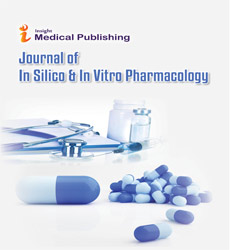Abstract
Hepatotoxicity and Hepatoprotectors
The importance of a healthy liver to human health cannot be overstated. Because the liver is involved in practically all biochemical processes and is affected by a variety of disorders. Environmental pollutants, such as eating habits, alcohol, and overdosing on some medicines, are known to harm and weaken the liver, which can lead to a variety of disorders. Hepatoprotective substances can be found in medicinal herbs in large quantities. In the treatment of numerous liver ailments, mono- and poly-herbal formulations have been employed. More than 700 mono and poly-herbal medicines in the form of decoction, tincture, pills, and capsules from more than 100 plants are in therapeutic use, according to one estimate. A total of 178 therapeutic plants were found in the literature review. The most common parameters used to assess hepatoprotective activity are morphological, such as liver weight and volume, biochemical estimations, such as measurement of transaminase activity, SGPT, SCOT, alkaline phosphatase, serum bilirubin, total serum proteins, albumin, globulin, and prothrombin time, functional parameters, such as pentobarbitone and hexobarbitone sleeping time, and finally histopathological We shall briefly address hepatotoxicity and hepatoprotective agents in this review.
Author(s):
Erica Melena
Abstract | PDF
Share this

Google scholar citation report
Citations : 203
Journal of In Silico & In Vitro Pharmacology received 203 citations as per google scholar report
Journal of In Silico & In Vitro Pharmacology peer review process verified at publons
Abstracted/Indexed in
- Google Scholar
- China National Knowledge Infrastructure (CNKI)
- WorldCat
- Publons
- International Committee of Medical Journal Editors (ICMJE)
- Secret Search Engine Labs
Open Access Journals
- Aquaculture & Veterinary Science
- Chemistry & Chemical Sciences
- Clinical Sciences
- Engineering
- General Science
- Genetics & Molecular Biology
- Health Care & Nursing
- Immunology & Microbiology
- Materials Science
- Mathematics & Physics
- Medical Sciences
- Neurology & Psychiatry
- Oncology & Cancer Science
- Pharmaceutical Sciences

